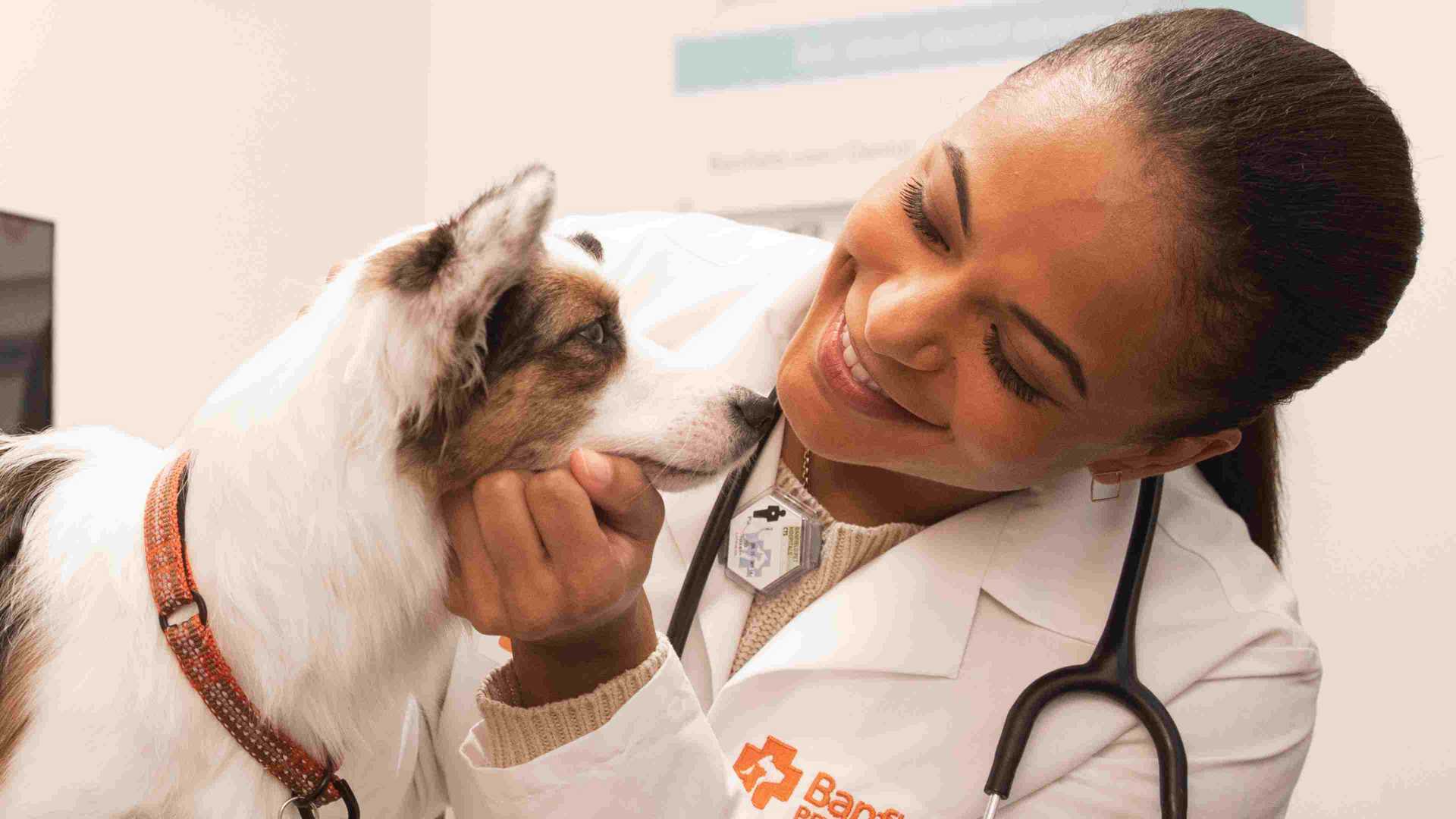how to exercise your dog in winter
For all of you dog lovers who live in sunny southern climates…we're jealous, we admit it. For the rest of us in colder environments, winter's got us stuck indoors. And not just us, but our dogs too.
From November to March, dog walking often becomes…more strategic and less pleasurable. Get outside, get the job done, get back home.
But it doesn't have to be that way. Many dogs love getting some outdoor exercise even in cold temperatures. Some even prefer it! Plus, daily exercise helps dogs maintain a healthy weight and body condition, which is key to staying healthy and happy. So put on some long johns and a good pair of boots, and check out these five things to know about outdoor fun:
1. Big, little, or puppy? Some larger dog breeds (and combinations of breeds) such as Labrador Retrievers, Golden Retrievers, German Shepherds, and Huskies can tolerate exposure to cold better than others. And by being outside in cold temperatures, they might even become more acclimated and learn to like the colder weather.
Smaller dogs and puppies often don't handle it as well, so keep their safety in mind and dress them in warm clothing such as a protective coat, vest, or sweater. (Bonus: They'll look extra cute!) Just don't keep them out too long, and be on the lookout for signs of discomfort, with small and big dogs alike.
2. Feet first. Dogs lose a lot of heat through their paw pads, so dog “booties” are a smart move if your dog can learn to wear them. They also protect against the gross and hazardous chemicals and salt that people spread on the ground to remove ice (and should never be eaten by pets, BTW), while keeping your pup's feet from tracking in a bunch of wetness when you get home.
If you don't use booties, definitely clean those paws well after you've been out in the muck. And clean the boots, too, because they can also get really yucky.
3. Watch for skin issues during winter months. If your furry friend's coat gets matted, or if you notice lots of dryness or itching, call your Banfield veterinary team.
4. Four signs of discomfort. If you notice your dog is whining, shivering, anxious, or lethargic while you're outside, it's time to come inside. Don't force the issue — oftentimes your pet will warm up quickly and be eager for you to try again.
5. Indoor exercises? Even when you do go outside with your BFF during cold weather, it's probably going to be for shorter bursts of exercise, since you'll both be less comfortable. So if you have safe access to a doggy daycare that gives pets room to stretch and play a game of fetch indoors, go for it! Learning tricks is also a great indoor activity to keep dogs' minds working, and a good way to help with hyperactivity too. Obstacle courses, snuffle mats, playing fetch, puzzle toys, and hide-and-seek are also great ideas.
Even with all the prep, it's still true that pets are safer inside, especially in wet, very cold, or freezing weather. And if your dog is ill or older, they may be more sensitive to the winter weather, so treat them with extra care and kindness. As always, be safe, be healthy, and enjoy winter as much as you can.
 Mites and mange
Mites and mange Podcast - Not Just Fluff
Podcast - Not Just Fluff











